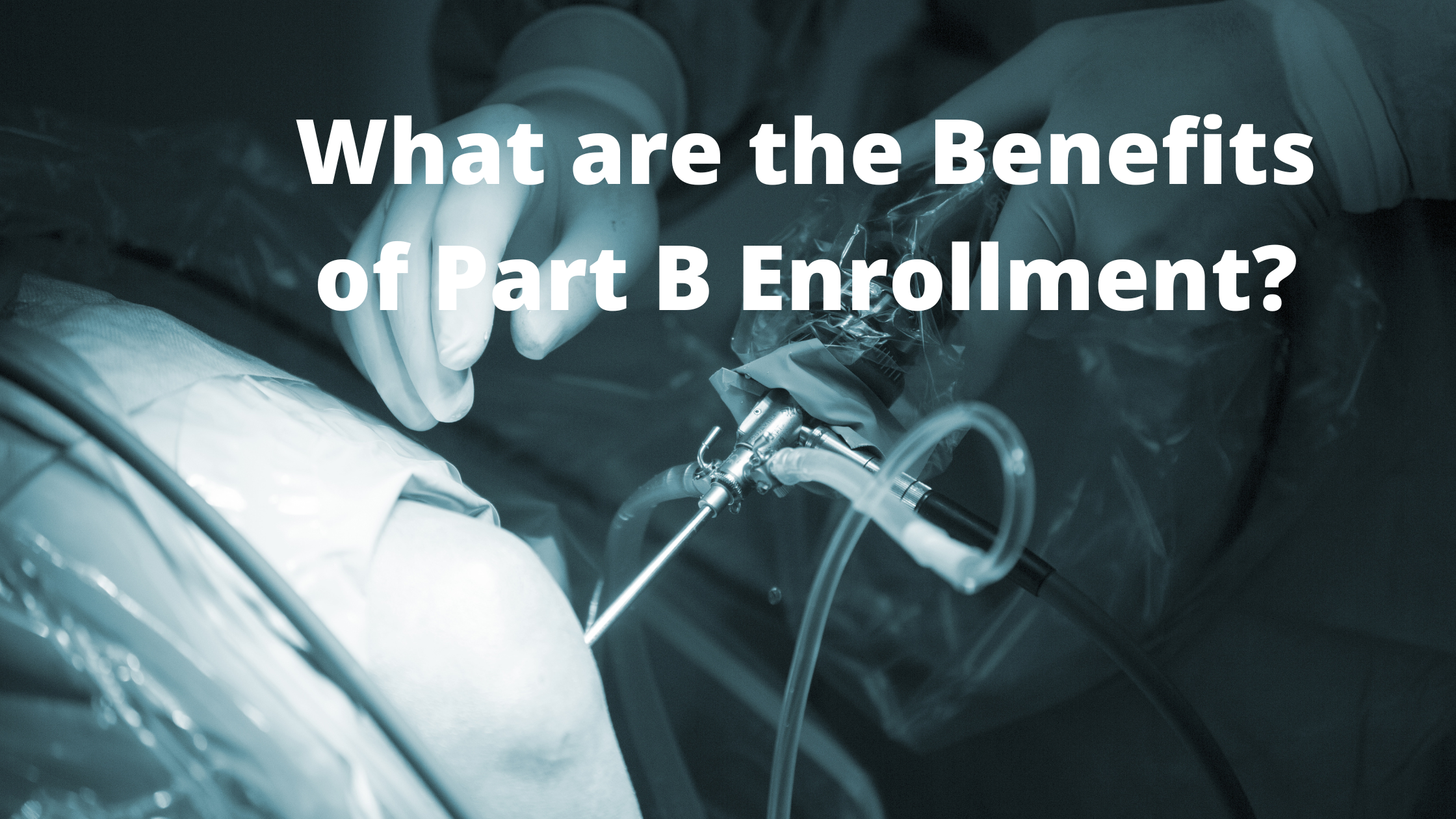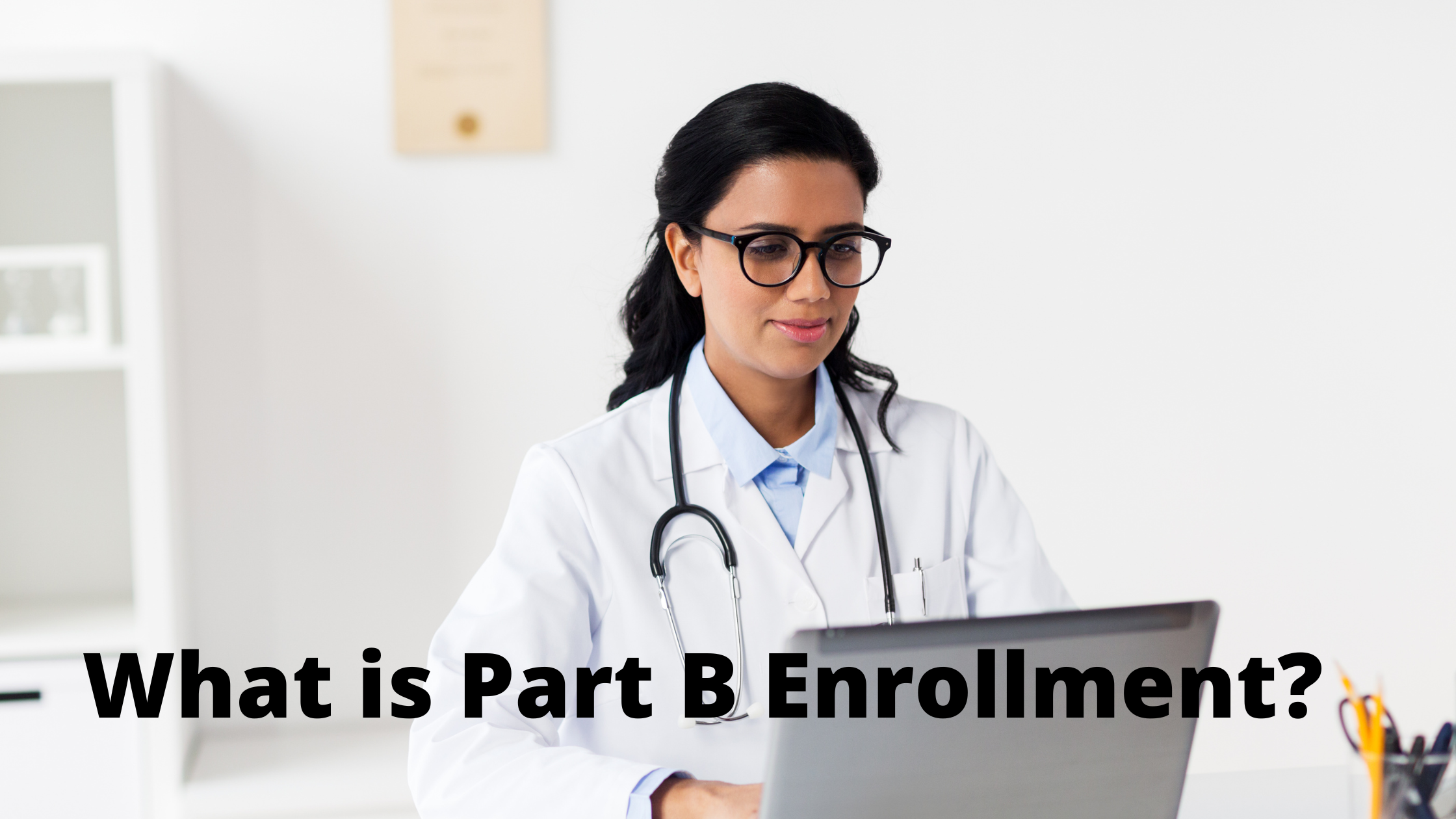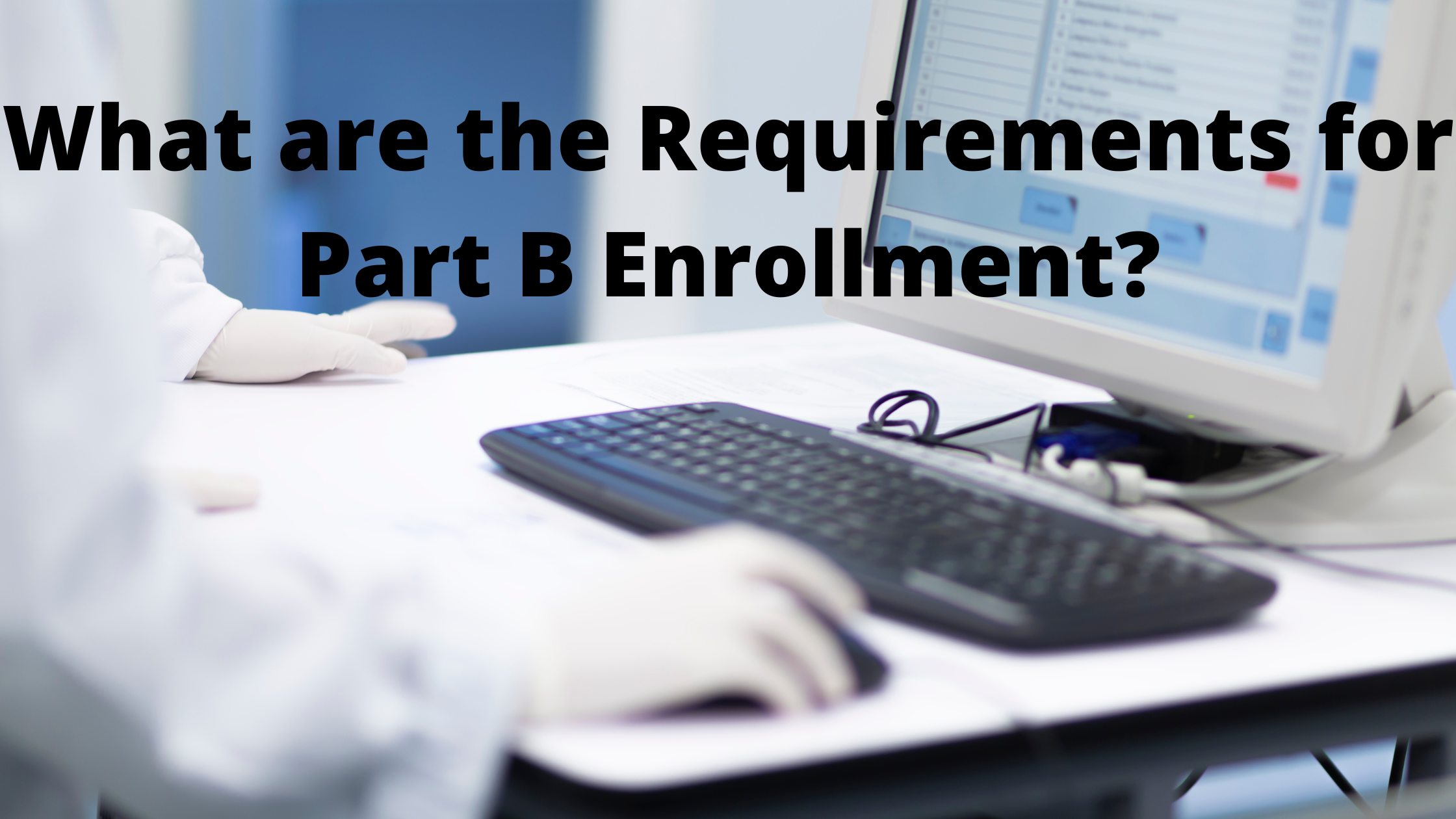If you’re self-employed and contemplating whether or not to enroll in Part B of the Medicare program, you’ll want to read this article first. In it, we’ll outline some of the key things you need to know in order to make an informed decision.
What is Part B Enrollment?
If you are self-employed and are considering enrolling in Part B, here is what you need to know.
First, if you are already enrolled in Medicare, you do not need to enrol in Part B. However, if you become self-employed and do not have coverage through your spouse’s employer or through a government program such as Medicare, Medicaid or Social Security, you may qualify for Part B coverage.
Second, if you are self-employed and do not have any health insurance coverage, enrolling in Part B can help protect yourself and your family from costly medical bills.
Third, before enrolling in Part B make sure that you understand the requirements and benefits of the plan. You should also compare the cost of different plans to see which is best for you. Finally, be sure to sign up for enrollment notifications so that you are aware of changes to the plan or policy governing Part B coverage.
What are the Requirements for Part B Enrollment?
Self-Employed individuals have many unique challenges when it comes to Medicare. If you are self-employed, here are some things to keep in mind if you decide to enroll in Part B:
1. You must be currently working, or have worked, at least 400 hours during the past 12 months. This includes time spent working in your own business, as well as any time you worked for someone else and were paid by the hour.
2. You must be age 65 or older and have retired from a full-time job after reaching age 55 with at least 10 years of credited service. Credited service is defined as 1,000 hours worked over the course of a year, whether or not you were paid for those hours.
3. You must meet income requirements. Your gross income must be less than $85,000 for 2019 ($115,000 for 2020). The income requirement is based on your filing status (single, married filing jointly, head of household, etc.), but it is always advisable to consult with an expert to verify your eligibility.
4. You may not have to pay premiums if you are enrolled in Medicare Part A and have end
What are the Benefits of Part B Enrollment?
If you are self-employed, you may be eligible for the following benefits from Medicare Part B:
– Reduced premiums
– No out-of-pocket costs for doctor visits and prescriptions
– Coverage for preventive care
– Use of Medicare’s searchable online benefits database (Mediben)
When is the Deadline to Enroll in Part B?
If you are self-employed and considering enrollment in Part B, the deadline is November 15th. Keep in mind that this deadline may be pushed back if there are any delays with the new healthcare law.
How Much Does it Cost to Enroll in Part B?
Self-Employed individuals who are considering enrolling in Part B should know that the cost of coverage is $25 a month. This amount may change depending on your income, so it is important to consult with a healthcare provider to determine what is best for you.
If you are self-employed and do not have workers’ compensation insurance, you may be eligible to purchase coverage through the Marketplace. You can find more information about this option on the Healthcare.gov website.
Conclusion
If you’re self-employed and looking to take advantage of the Part B insurance plan offered through your employer, now is the time to start preparing. Here are some key things you need to know in order to make an informed decision:
-The enrollment period for Part B runs from October 1st through December 31st each year.
-You have 45 days after enrolling in Part B to submit your claims.
-A claim can only be filed during calendar year 2018.
-If you have more than one business location, you must file a separate claim for each location.

